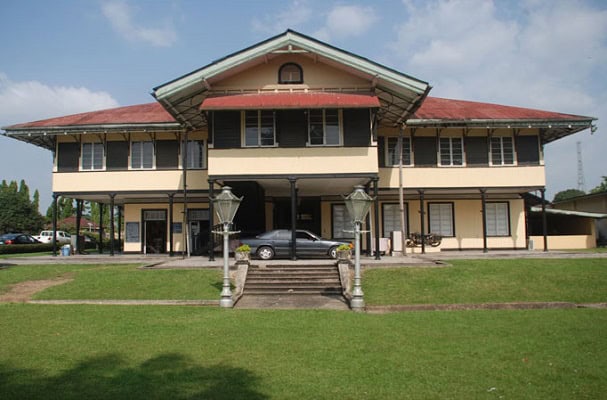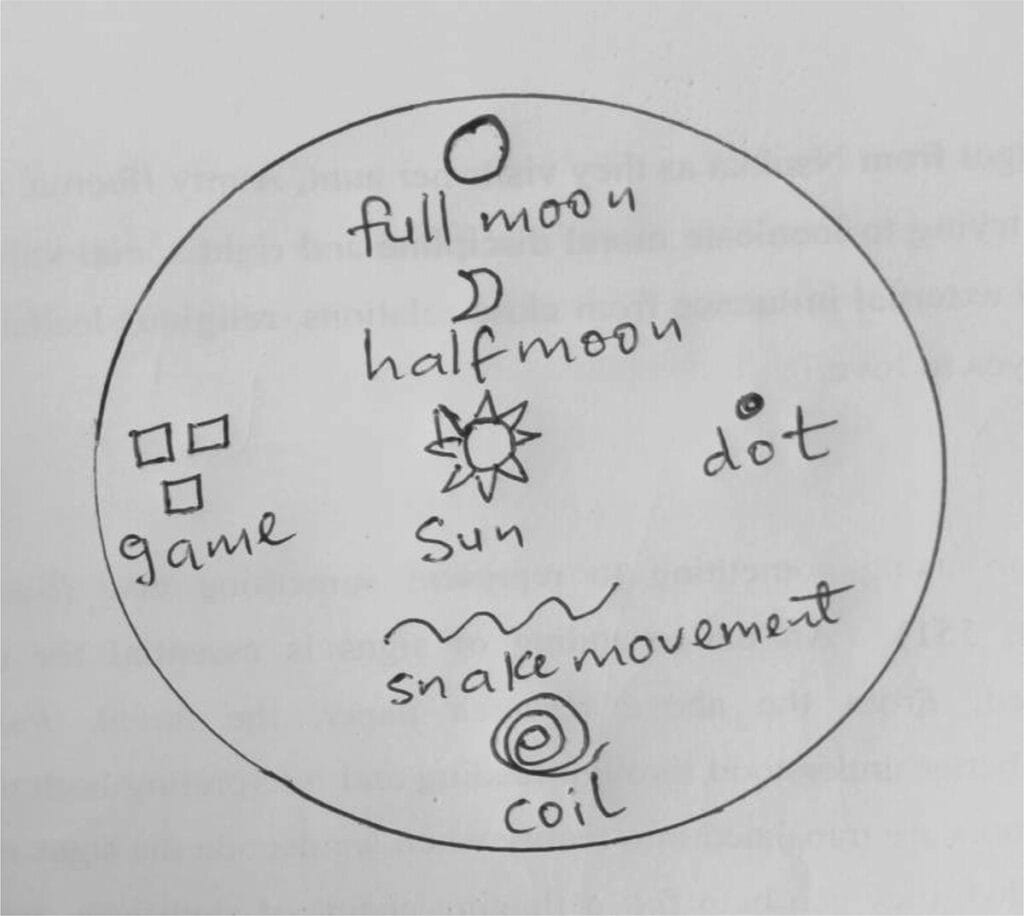History indicates that human origins trace back to Africa, where early humans adapted to their surroundings for survival. There has been assertion that not only did human life originate in Africa, but the earliest forms of civilization also emerged there. The need for shelter, a fundamental human requirement, led to the creation of indigenous African huts. These early dwellings were rudimentary compared to modern structures, as described by researchers, who noted Europeans residing inland were accustomed to living in houses constructed with clay walls and thatched roofs.
Prior to the 19th century, even foreign inhabitants in Nigeria resided in locally built houses. Colonial powers later introduced wood and other materials from the environment to construct administrative, religious, and residential buildings.
Remnants of historical structures still exist, such as a bullet-riddled mud-built storey building in Onitsha-Ado kingdom, a testament to the Nigerian-Biafra Civil War. Similarly, Calabar houses a wooden storey building, once a colonial residence and now preserved as the National Museum Calabar.
Across the world, communities experienced similar transitions from traditional to modern architecture. In Europe, the Renaissance period marked a significant shift in art and architecture during the 14th century. This period, along with others such as Roman art, Expressionism, and Classical art, signified transformative changes globally.
With civilization, cities flourished, and modern buildings became prevalent, leading to the decline of traditional housing. Indigenous houses hold cultural and spiritual significance, particularly evident among the Igbo of Southeast Nigeria, whose traditional values are expressed through cultural materials.
Naturally occurring mud and clay soil possess diverse textures, making them suitable for various applications. Clay, renowned for its richness in texture, is commonly utilized in pottery making. Designs adorning mud huts and pottery pieces often serve as reflections of African culture and history. From these primary forms of artistic expression emerge significant innovations and renovations that contribute to the evolution of modern art.
Through modifications, indigenous technologies are elevated to professional standards. In the 21st century, foreign and sophisticated architectural styles have proliferated, leading to a decline in the prevalence of traditional huts across Africa. However, in Nigeria, there is a growing appreciation for old historical houses, particularly those constructed or inhabited by colonial powers in the nineteenth century. The transformation of the former colonial official residence into the National Museum Calabar exemplifies this trend.

Nigeria’s diverse terrain and climatic conditions influence architectural styles and livelihoods. Communities residing near rivers often inhabit houses constructed on stilts with thatched roofs, relying primarily on fishing for sustenance.
Aesthetics and Value of Traditional Huts
In a traditional setting, the presence of indigenous mud huts adorned with intricate wall designs and surrounded by various types of trees, often including economically valuable palm trees, creates an atmosphere of peace, tranquility, and natural beauty. Mud, a natural gift, serves as the primary material for constructing these architectural marvels, which can take on various shapes such as square, rectangular, or round, showcasing traditional ingenuity and creativity. Inside these huts, decorative elements like hanging horns and local beads further enhance their cultural significance.
African pottery, ranging from vases to pots and bowls, displays a diverse array of designs that are both stylish and aesthetically pleasing. Whether adorning walls, pottery, or human skin, these intricate designs serve not only to beautify but also to convey deep philosophical meanings, reflecting the purposeful artistry of the creators. Additional writings or paintings on walls contribute to the enrichment of the community’s culture and heritage, utilizing readily available materials from the surroundings.

The people of the southeast region imbue their daily lives with art, culture, and spirituality, evident not only in external wall decorations but also in personal touches within their huts. Internal hangings and drawings reflect individual preferences, creating personalized spaces that promote peace and harmony. Despite being spaced apart, these huts are arranged communally, fostering a sense of interconnectedness among families.
Traditionally built mud huts possess remarkable strength, capable of withstanding strong winds, yet they are gradually being replaced by modern housing structures across Africa. However, they remain significant attractions for tourists, archaeologists, and historians seeking to experience the traditional way of life and appreciate the cultural heritage embedded within these structures.
Many museums showcase mud huts in their compounds, offering visitors a glimpse into indigenous lifestyles while also promoting local cuisine, accessories, and handicrafts. Despite the push for modernization and development, the preservation of cultural identity embodied in these indigenous huts remains a vital aspect of maintaining heritage and tradition.



